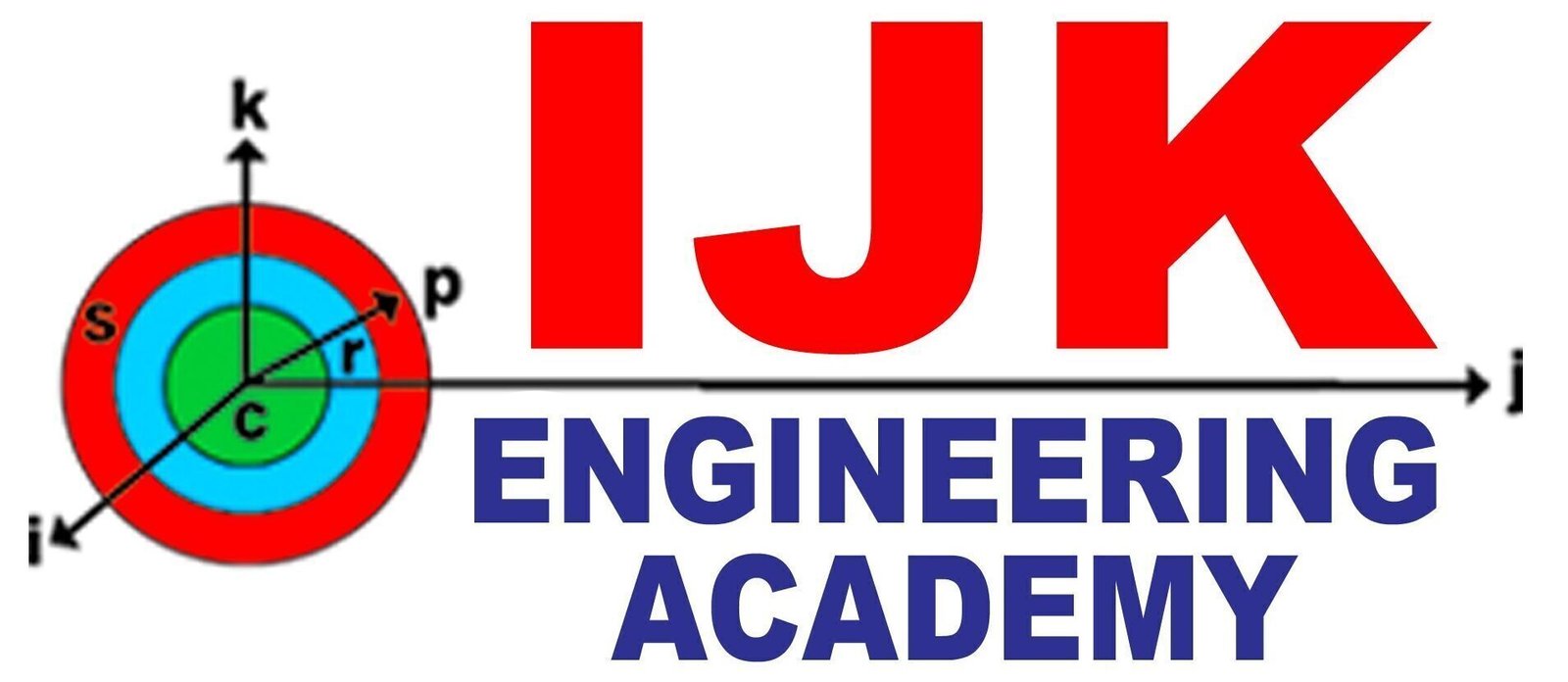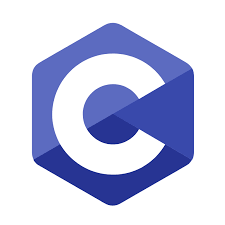FULLSTACK-WEB DEVELOPMENT
About Course
Certainly! Full-stack web development involves building the entire web application, both the front end and the back end. This means you’re responsible for creating the user interface, handling user interactions, managing the application’s data, and connecting the front end to the back end. Here’s an introduction to the key aspects of full-stack web development:
**1. Front-End Development:**
Front-end development focuses on creating the user interface and user experience of a web application. This is what users interact with directly. Key technologies and concepts in front-end development include:
– **HTML (Hypertext Markup Language):** Used to structure the content of web pages.
– **CSS (Cascading Style Sheets):** Used to style and format the appearance of web pages.
– **JavaScript:** A programming language used to add interactivity and dynamic behavior to web pages.
– **Front-End Frameworks:** Libraries and frameworks like React, Angular, and Vue.js that simplify the development of complex front-end applications.
– **Responsive Design:** Ensuring your application looks and works well on various devices and screen sizes.
– **User Experience (UX) and User Interface (UI) Design:** Creating visually appealing and user-friendly interfaces.
**2. Back-End Development:**
Back-end development involves creating the server-side logic, databases, and APIs that power the application. It manages data storage, processing, and business logic. Key technologies and concepts in back-end development include:
– **Server-Side Programming Languages:** Languages like Node.js (JavaScript), Python, Ruby, Java, PHP, etc., used to write server-side code.
– **Web Servers:** Software that serves web pages to users’ browsers and processes incoming requests.
– **Databases:** Storing and managing data using relational databases (e.g., MySQL, PostgreSQL) or NoSQL databases (e.g., MongoDB).
– **APIs (Application Programming Interfaces):** Defining how different parts of the application communicate with each other.
– **Back-End Frameworks:** Frameworks like Express.js (for Node.js), Django (for Python), Ruby on Rails (for Ruby), etc., that provide a structured way to build back-end applications.
– **Security:** Implementing authentication, authorization, and other security measures to protect user data.
**3. Full-Stack Development:**
Full-stack developers are comfortable working on both the front end and back end of an application. They understand how the different components of a web application interact and collaborate with other team members to create end-to-end solutions.
**4. Development Tools and Version Control:**
In addition to knowing programming languages and frameworks, full-stack developers use a range of tools:
– **Version Control:** Tools like Git for tracking changes in code and collaborating with others.
– **Package Managers:** Tools like npm (Node Package Manager) for managing third-party libraries and dependencies.
– **Text Editors/IDEs:** Software for writing and editing code, such as Visual Studio Code, Sublime Text, or IntelliJ IDEA.
**5. Deployment and Hosting:**
Deploying a web application involves making it accessible on the internet. Hosting services like AWS, Heroku, Netlify, or shared hosting providers allow you to deploy and manage your application.
**6. Continuous Learning:**
Web development technologies evolve rapidly. Full-stack developers need to stay up-to-date with the latest trends, tools, and best practices to build modern, secure, and efficient applications.
Becoming a skilled full-stack developer requires learning and practicing both front-end and back-end technologies, understanding how they work together, and being adaptable in a constantly changing field. Whether you’re building personal projects or contributing to larger development teams, full-stack development offers a rewarding opportunity to create complete web applications from start to finish.





